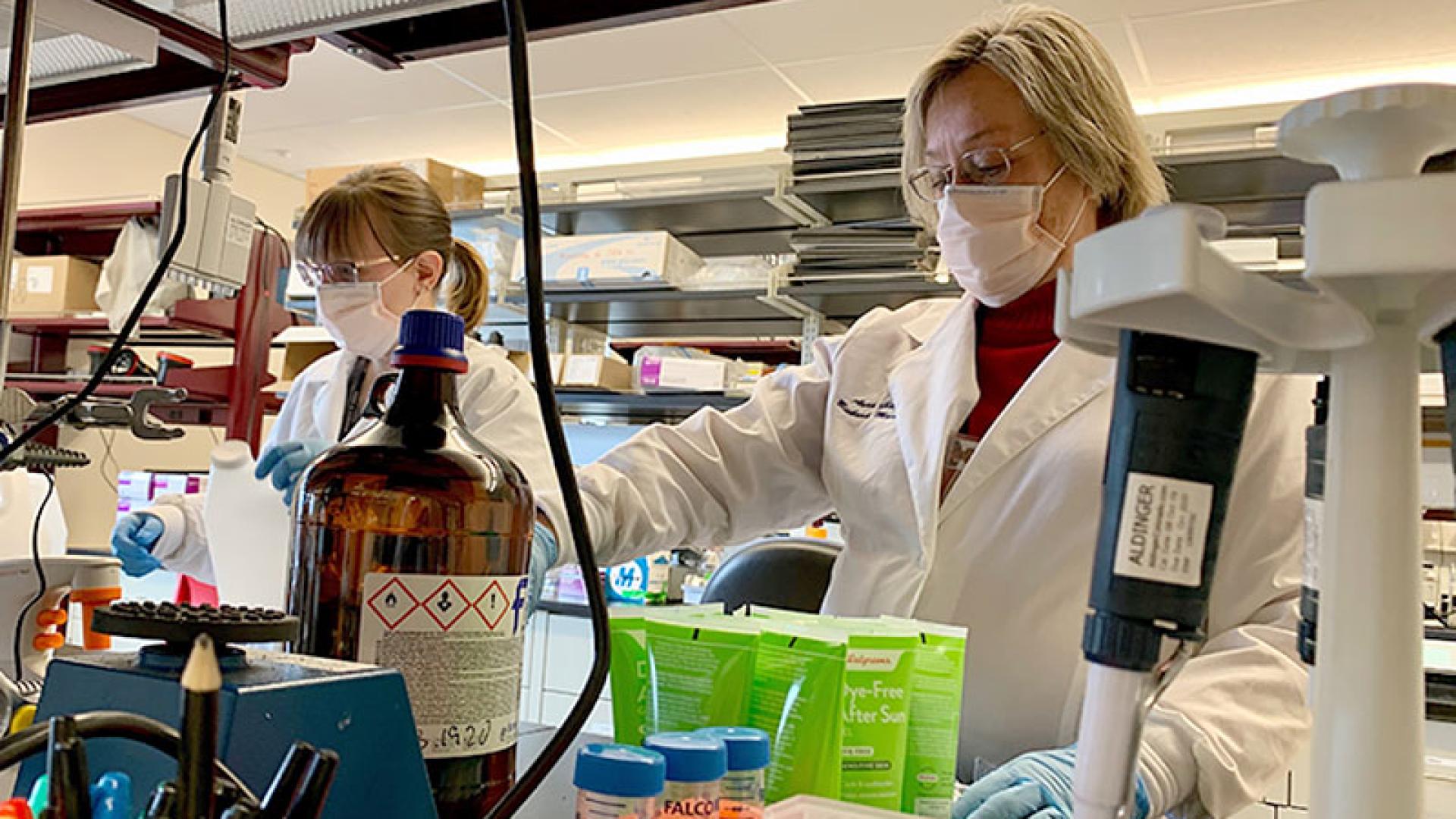International Brain Bank for Down Syndrome-Related Alzheimer’s Disease

Principal Investigator
Ann-Charlotte Granholm-Bentley, PhD, DDS
University of Colorado
Aurora, CO, USA
About the Research Project
Program
Award Type
Standard
Award Amount
$435,050
Active Dates
November 01, 2017 - October 30, 2024
Grant ID
CA2018010
Co-Principal Investigator(s)
Goals
The focus of this special project is to develop a strong collaborate network between six different research groups focused on providing much-needed information about the Down syndrome population, of which as many as 80 percent have Alzheimer’s pathology by the time they are in their 50s and 60s. Although there are many centers and researchers that focus on Alzheimer’s in the general population, few of them focus on people with Down syndrome. The information generated by our project will be of great help to those with Down syndrome and those with Alzheimer’s disease.
Summary
The long-term goal of this project is to determine the neurobiological mechanisms underlying the onset of Alzheimer’s disease (AD) type dementia in Down syndrome (DS).
The first aim of this project is to bank high quality biological research samples, linked to clinical data, from both national and international cohorts of people with DS and dementia, and develop an internationally accepted neuropathological staging protocol for this vulnerable population.
The second goal is to make these samples available to facilitate collaborative research projects into the neurobiological mechanisms of DS-related AD that may also be translatable to the general AD population.
The third goal is to perform collaborative research studies into the early events underlying dementia in people with intellectual disabilities with many different research groups in the USA and Europe, with the specific purpose of developing new therapeutic targets for people with DS and dementia, which may translate to those with AD and other dementias in the general population.
This project is unique in that it is the only funded biobank consortium in the United States focused on people with intellectual disabilities. The life span of this population has increased over the last few decades, and age is a major factor associated with Alzheimer’s dementia. Few studies have focused on this medically under-investigated group.
See biobank here: https://devdownsbio.wpengine.com/
Related Grants
Alzheimer's Disease Research
Advancing the Promising Cerebroprotectant AST-004 to Human Clinical Trials
Active Dates
July 02, 2021 - June 30, 2024

Principal Investigator
William Korinek, PhD
Current Organization
Astrocyte Pharmaceuticals
Alzheimer's Disease Research
Molecular Neurodegeneration Journal
Active Dates
March 31, 2021 - March 30, 2026

Principal Investigator
Owen Ross, PhD
Current Organization
Mayo Clinic Jacksonville
Alzheimer's Disease Research
International Society for Molecular Neurodegeneration
Active Dates
March 31, 2021 - March 30, 2026

Principal Investigator
Henrietta Nielsen, PhD
Current Organization
Stockholm University






